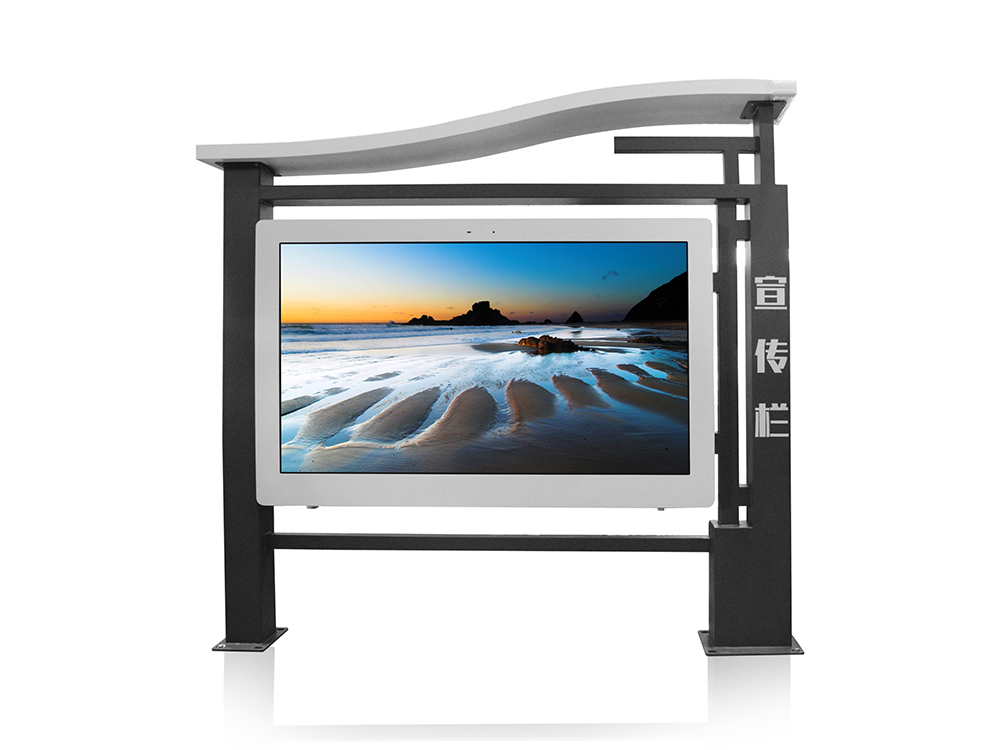Digital Signage for Sports Arenas: Enhancing Fan Experience
Digital Signage for Sports Arenas: Enhancing Fan Experience.In the realm of sports, the fan experience is paramount. From the exhilarating roar of the crowd to the electric atmosphere that pulsates through the arena, every element contributes to creating an unforgettable spectacle. Yet, in the midst of this exhilaration, there's a silent revolution taking place: the integration of digital signage in sports arenas. This technological advancement is not merely an add-on but a catalyst that propels the fan experience to new heights, weaving together information, entertainment, and engagement in ways that were previously unimaginable.

Sports arenas, once dominated by static billboards and manual scoreboards, are now transforming into dynamic digital hubs. These arenas leverage cutting-edge display technologies to provide real-time updates, interactive content, and immersive visuals that captivate and inform fans. The evolution of digital signage has been driven by a confluence of factors, including advancements in display technology, the proliferation of high-speed internet, and an increasing demand for personalized experiences.
One of the most immediate and impactful benefits of digital signage in sports arenas is the ability to deliver real-time information. Gone are the days when fans had to rely on outdated scoreboards or wait for announcements over the PA system. Today, digital displays can instantly update scores, statistics, and game information, ensuring that fans are always in the loop. This real-time connectivity enhances the sense of urgency and excitement, making every moment of the game more engaging.
Moreover, digital signage offers unparalleled flexibility in terms of content delivery. Unlike traditional signage, which is static and often limited in scope, digital displays can showcase a wide range of content, from live video feeds to social media updates, sponsor messages to interactive games. This versatility allows arenas to cater to the diverse interests of their fans, creating a more inclusive and personalized experience. For instance, during timeouts or breaks in the game, arenas can entertain fans with trivia questions, social media feeds, or behind-the-scenes content, keeping them engaged even when the main event is temporarily paused.
Interactive digital signage takes fan engagement to another level. By incorporating touch screens, gesture recognition, or even mobile app integration, arenas can create interactive experiences that allow fans to actively participate in the game. Imagine a fan using their smartphone to vote for the next play, or a group of friends competing in a trivia game displayed on a giant screen. These interactive elements not only make the experience more enjoyable but also foster a sense of community among fans, as they share in the collective experience of cheering for their favorite team.
Beyond entertainment, digital signage also plays a crucial role in navigation and wayfinding within sports arenas. Large venues can be daunting, especially for first-time visitors. Digital displays strategically placed around the arena can provide clear directions to seats, restrooms, concession stands, and exits. This not only enhances the fan experience by reducing confusion and frustration but also improves safety, as fans can quickly find their way in case of an emergency.
Sponsorship and advertising are integral parts of sports arenas, and digital signage offers innovative ways to showcase these partnerships. Dynamic displays allow for targeted advertising, where messages can be tailored to specific demographics or shown at optimal times during the game. For sponsors, this means higher visibility and a more engaged audience. For fans, it means a more seamless and relevant advertising experience, as opposed to the disruptive nature of traditional广告 methods.
Another significant advantage of digital signage is its ability to facilitate data-driven decision-making. By collecting data on fan behavior, preferences, and interactions, arenas can gain valuable insights into what works and what doesn't. This data can be used to optimize content, improve operations, and enhance the overall fan experience. For example, if data shows that fans are particularly engaged with interactive games during timeouts, arenas can allocate more time and resources to these types of content.
In addition to enhancing the in-game experience, digital signage can also extend the fan engagement beyond the physical boundaries of the arena. Through social media integration, fans can interact with the displays from their homes, sharing their experiences, participating in online contests, and even influencing what's shown on the screens. This two-way communication creates a sense of connection and belonging, even for fans who are unable to attend the game in person.
The implementation of digital signage also aligns with the growing trend towards sustainability in sports. Digital displays are more environmentally friendly than traditional signage, as they can be updated remotely, eliminating the need for physical printing and reducing waste. Furthermore, the energy efficiency of modern displays continues to improve, making them a greener choice for arenas.
As sports arenas continue to embrace digital signage, it's important to consider the potential challenges. One of the primary concerns is the cost of implementation and maintenance. High-quality digital displays and the infrastructure to support them can be expensive. However, the long-term benefits, including increased fan engagement, higher advertising revenue, and operational efficiencies, often outweigh the initial investment.
Another challenge is ensuring that the digital signage integrates seamlessly into the arena's existing ecosystem. This requires careful planning and coordination with various stakeholders, including technology providers, venue operators, and sponsors. However, with the right strategy and partnerships in place, these challenges can be overcome.
In conclusion, digital signage has emerged as a game-changer for sports arenas, revolutionizing the fan experience through real-time information, interactive content, and personalized engagement. As technology continues to advance, the possibilities for enhancing the fan experience are limitless. From immersive visuals to data-driven insights, digital signage is not just a part of the modern sports arena—it's the future. By embracing this technology, arenas can create unforgettable experiences that resonate with fans, fostering a deeper connection between them and the sports they love.
Application scenarios of digital signage








